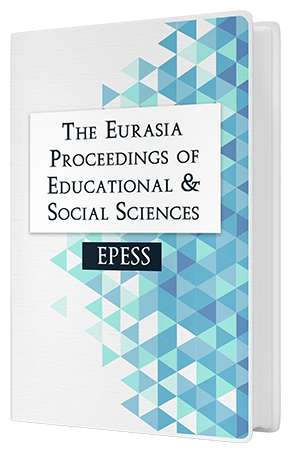Guidance and Counselling Program Audit: A Survey Method
DOI:
https://doi.org/10.55549/epess.847Keywords:
Guidance and counseling, Program audit, Survey methodAbstract
This study aims to conduct an audit of the guidance and counseling program. This research was conducted using the survey method. The participants were 30 guidance and counseling teachers in different schools in Bandung-Indonesia. This study used a questionnaire instrument developed from ASCA (2003), and adapted according to Indonesian conditions. The instrument consists of 4 indicators (foundation, delivery, management, and accountability) covering 17 components with 110 statement items. This data collection used google form so that it was easily filled in by teachers. The data analysis used descriptive statistics by calculating the percentage of each component and indicator, then calculating the average percentage of the guidance and counseling program as a whole. The results of the average percentage of this program audit are categorized into good, fairly good, less good, and not good. The results of this study indicate that the average percentage of the overall guidance and counseling program is 78.53% (fairly good). The indicator with the highest achievement is foundation with an average percentage of 83.67% (good), and the indicator with the lowest achievement is management with an average percentage of 71.71% (fairly good). This research serves as an evaluation to see the strengths and weaknesses of the guidance and counseling program in Bandung-Indonesia. Thus, this becomes the basis for developing effective guidance and counselling programs in Indonesia in the future.
Downloads
Published
How to Cite
Issue
Section
License
Copyright (c) 2024 The Eurasia Proceedings of Educational and Social Sciences

This work is licensed under a Creative Commons Attribution 4.0 International License.
The articles may be used for research, teaching, and private study purposes. Any substantial or systematic reproduction, redistribution, reselling, loan, sub-licensing, systematic supply, or distribution in any form to anyone is expressly forbidden. Authors alone are responsible for the contents of their articles. The journal owns the copyright of the articles. The publisher shall not be liable for any loss, actions, claims, proceedings, demand, or costs or damages whatsoever or howsoever caused arising directly or indirectly in connection with or arising out of the use of the research material. All authors are requested to disclose any actual or potential conflict of interest including any financial, personal or other relationships with other people or organizations regarding the submitted work.




